Cold words: Jack Frost, hoar and rime…
November 22, 2010 by squirrelbasket
According to my Chambers Twentieth Century Dictionary (1980), frost means: a state of freezing; temperature at or below the freezing point of water. It comes from the Old English frost, forst – from freosan (to freeze). There are various sorts of frost (air, ground, radiation, fern, window, etc, about which more below).
The dictionary says hoary means white or greyish-white, especially with age or frost; it also used to mean mouldy. Hoar frost is defined as white frost, the white particles formed by the freezing of the dew. The word comes again from Old English, from har, meaning hoary.
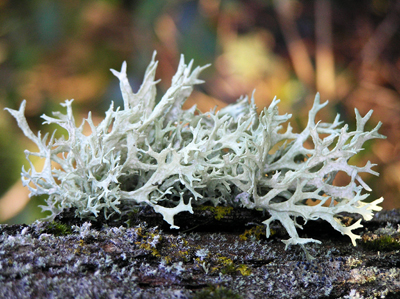
Evernia
prunastri is known as hoary lichen because of its pale grey colour and
frosty shape - I took this picture in winter at the Wildfowl and
Wetlands Trust in Llanelli...
Meanwhile rime is defined in the dictionary as frozen dew; meteorologically it is defined as ice deposited by freezing or supercooled fog. Yet again the word comes from the Old English, from hrim.
According to Wikipedia rime is a type of frost that happens quickly, often under conditions of heavily saturated air and windy conditions. Ships travelling through Arctic seas may accumulate rime on the rigging.
While hoar frost is feathery, rime is generally smooth and icy and hard. In hoar frost the water vapour condenses slowly and directly into icy feathers, while rime usually goes through a liquid phase where the surface is wet by condensation before freezing.
Hard rime is a white ice that forms when the water droplets in fog freeze to the outer surfaces of objects. Hard rime is difficult to shake off; it has a comb-like appearance, unlike soft rime, which looks feathery or spiky, or clear ice, which looks homogeneous and transparent.
When I was a child in a cottage with no central heating, we often had the window frost that forms when a glass pane is exposed to very cold air on the outside and moderately moist air on the inside. If the pane is not a good insulator (such as a single pane), water vapour condenses on the glass forming wonderful patterns.
The glass surface influences the shape of crystals, so imperfections, scratches or dust can modify the way ice nucleates. If the indoor air is very humid, rather than moderately so, water first condenses in small droplets and then freezes into clear ice.
The leafy window frost is also called fern frost, for obvious reasons. I always think of this as the work of Jack Frost, a rather goblin-like character in British mythology, who goes around painting patterns of ice.
Wikipedia believes the legends are German in origin – not surprising when all the frost words seem to come from Old English, a Germanic language.
The character’s name features in a couple of very different Hollywood movies as well as a cartoon and a manga animation.

Jack Frost also appeared in a stop-motion animation for TV in 1979 and a manga version by Go Jin Ho in 2009
Air frost happens when the temperature of air falls below the freezing point of water (0 °C, 32 °F). This is usually measured at a height of 1.2 m above the ground (about waist height).
When the temperature at ground level falls below 0 °C, it is called a ground frost. Interestingly, meteorological office weather stations have thermometers set over both grass and concrete, as the difference between temperature over the two can be great: on still, clear nights, with air of a low humidity content, there may be a difference of five degrees Celsius.
For this reason, you may hear the unofficial term grass frost in weather forecasts – this is to try to avoid panic by road, railway and airport operators but alert gardeners and growers to the risk of damage.
Sometimes, often in early autumn, the soil still keeps some of its summer warmth but there is still an air frost. Equally, in winter there can be a ground frost without an air frost, with air temperatures as high as 3°C or 4°C.
There are various degrees of frost, from mild (0°C to -3.5°C), to moderate (-.5°C to -6.6°C), to severe (-6.5°C to -11.5°C) and very severe (below -11.5°C).
Wind speed (wind-chill factor) has an effect, too. A strong wind can prevent a frost by slowing down the night-time cooling, but once the temperature has fallen below 0°C a strong wind can make it very penetrating and damaging.
Brrrr..! We’ve got it to come.
Finally, to warm the cockles, here’s a picture named after a jolly song by Jethro Tull. Listen to Jack Frost and the Hooded Crow here or read the lyrics here…
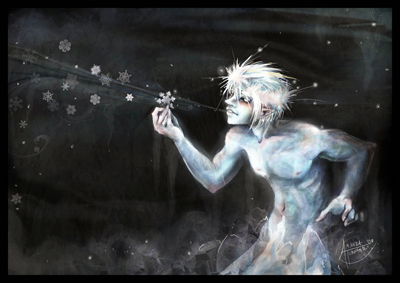
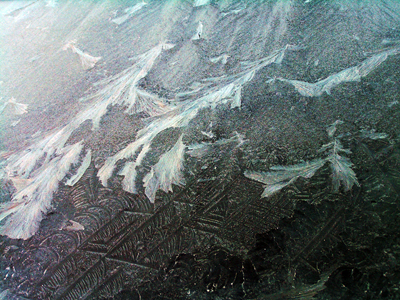
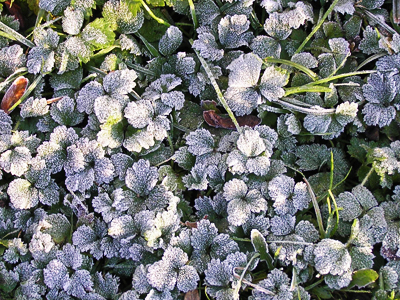
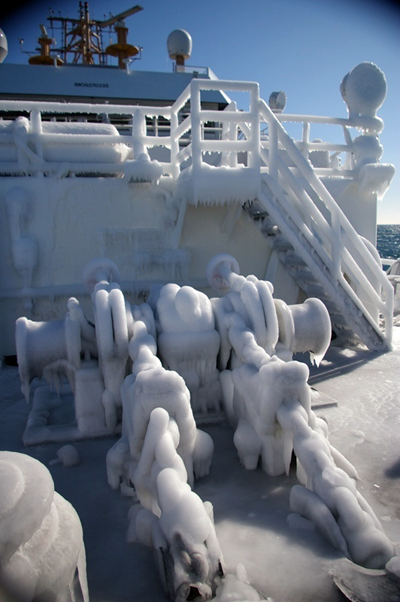
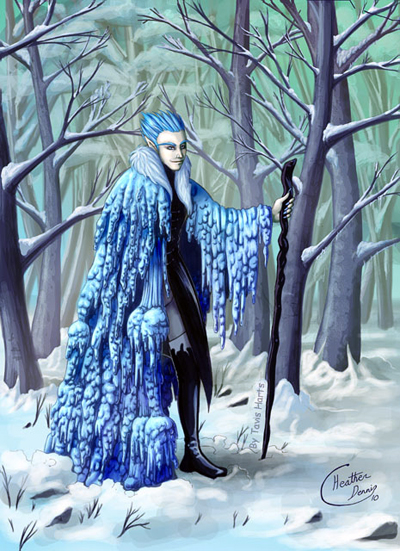
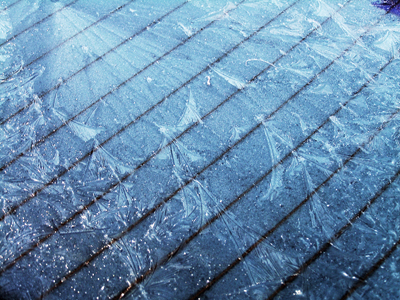


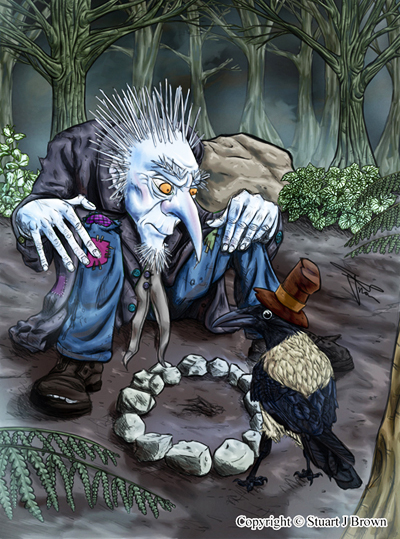
Αυτό το σχόλιο αφαιρέθηκε από έναν διαχειριστή ιστολογίου.
ΑπάντησηΔιαγραφή